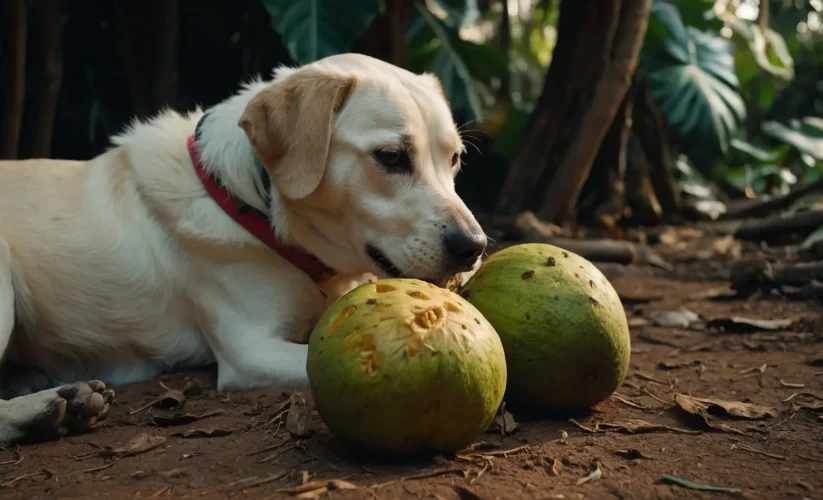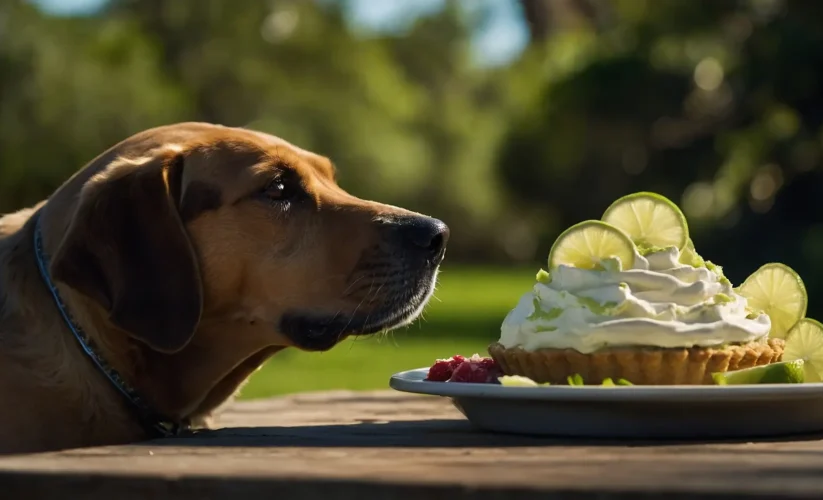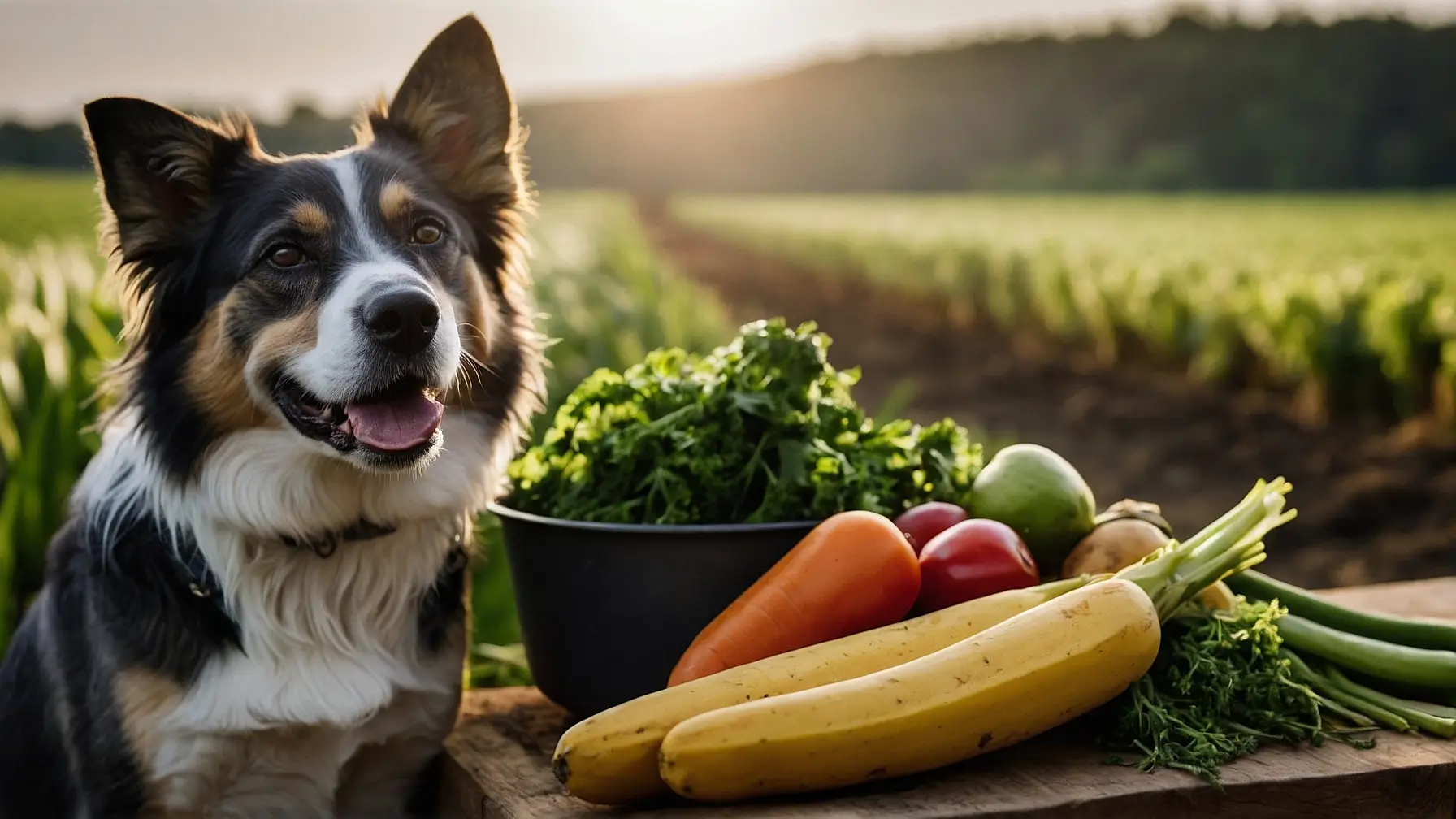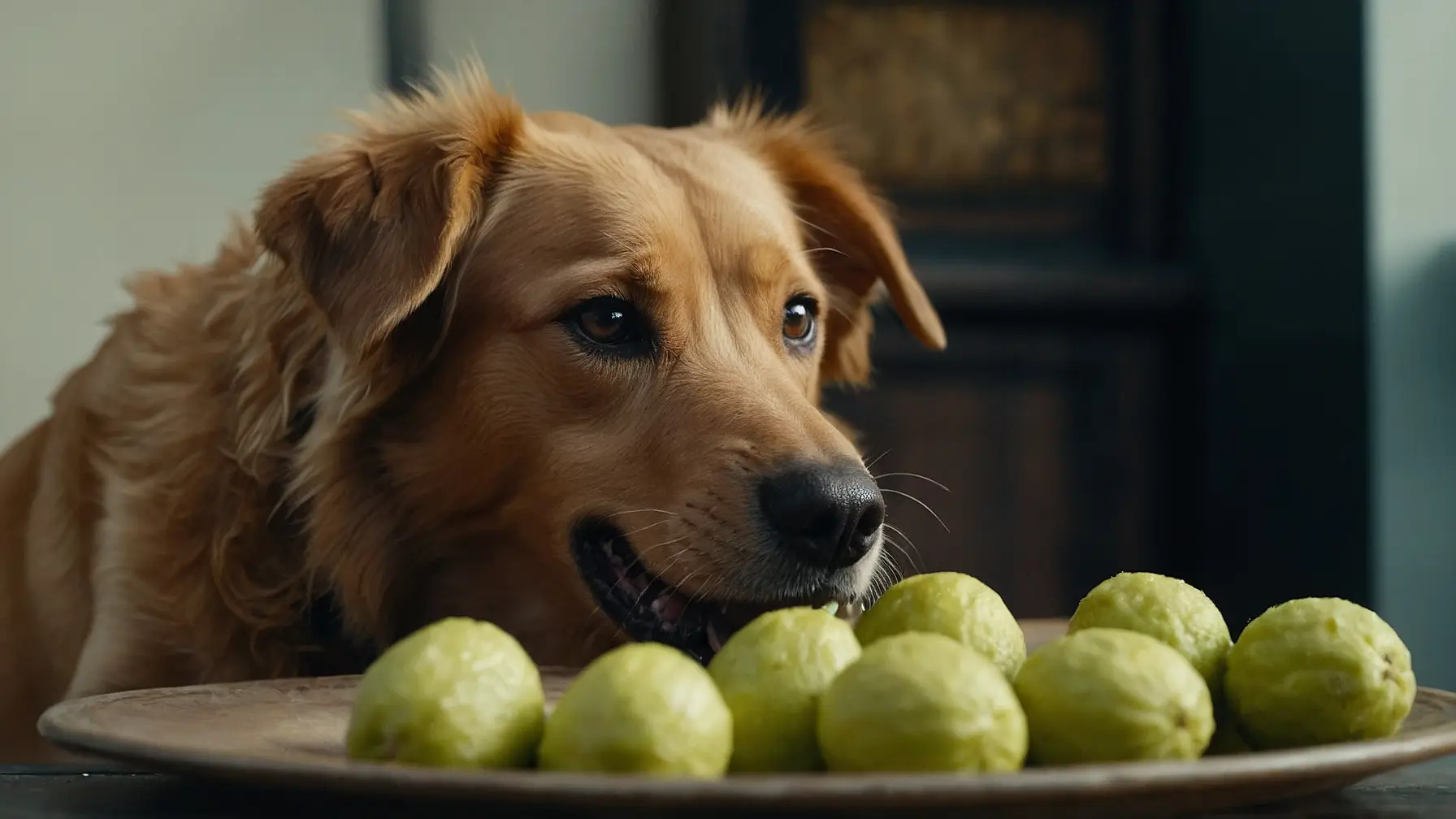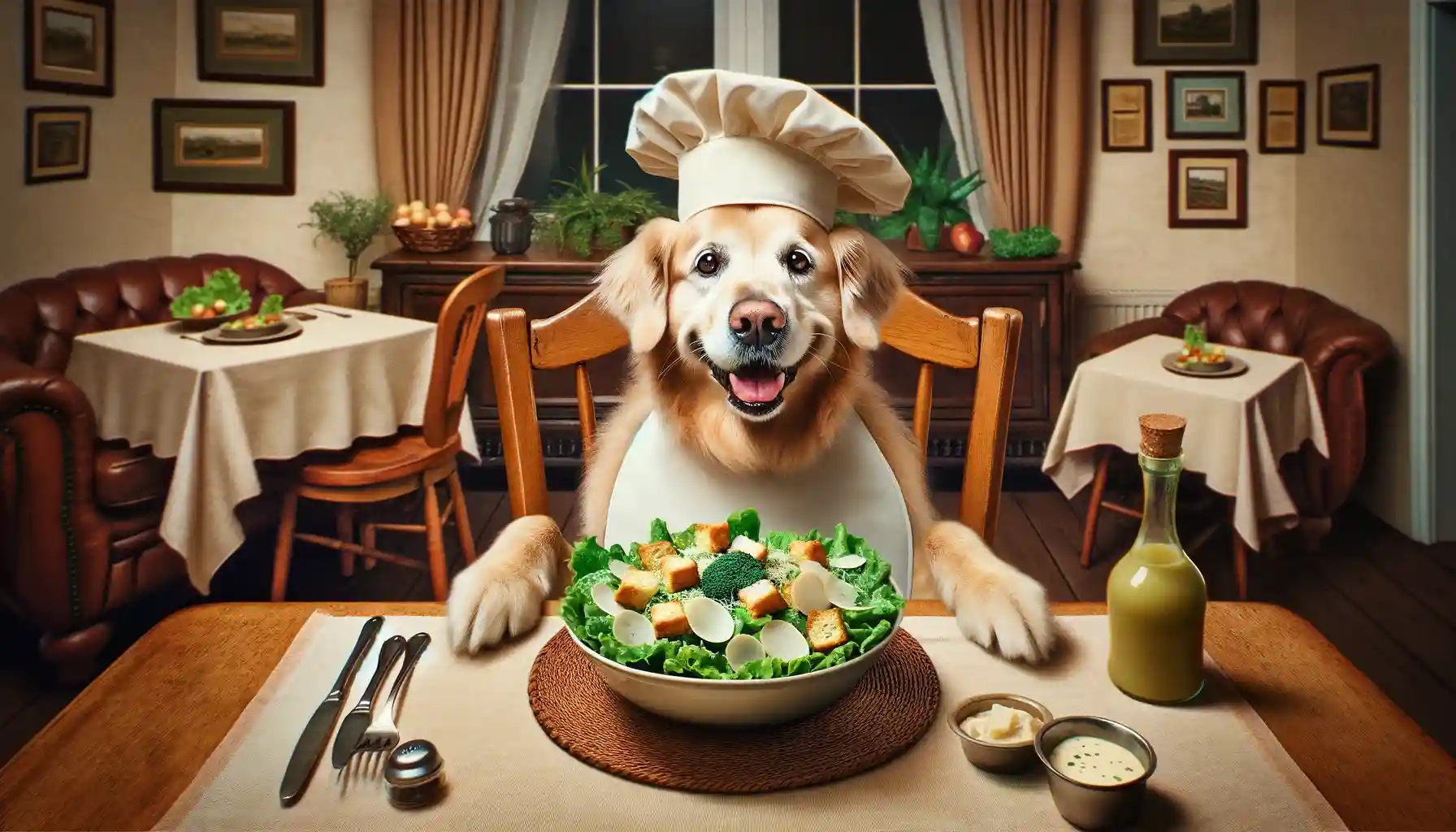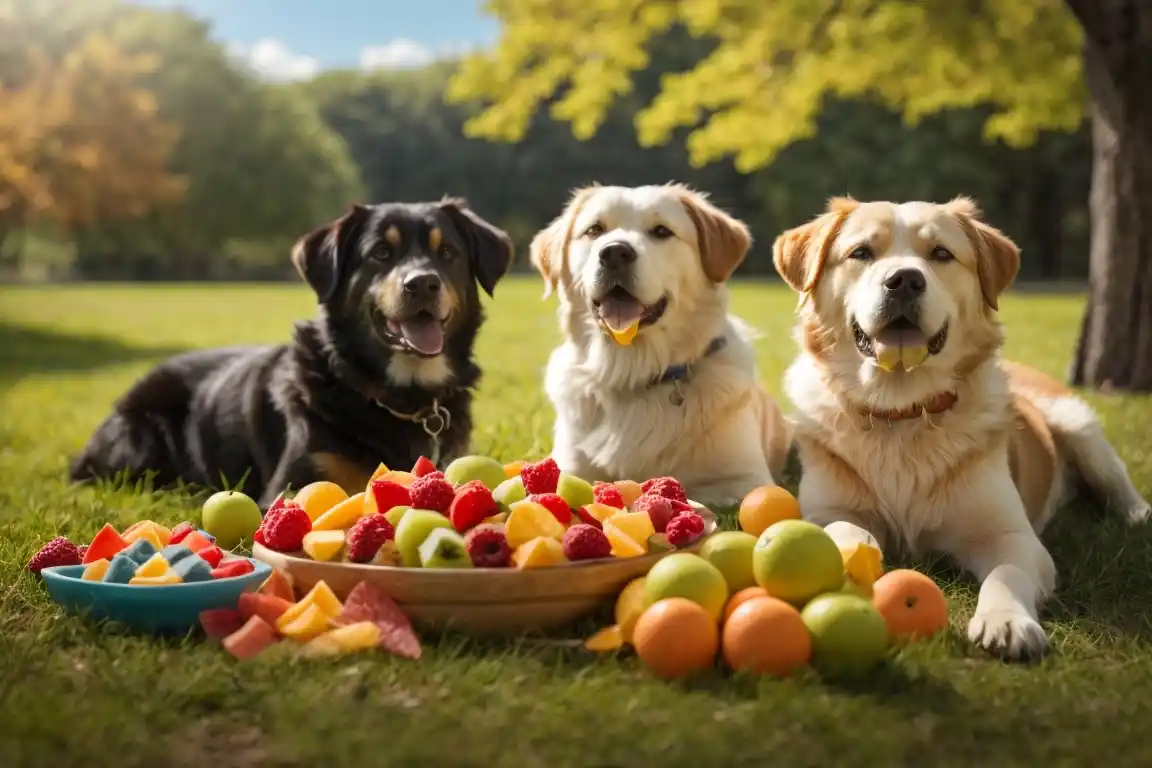What vegetables can dogs eat
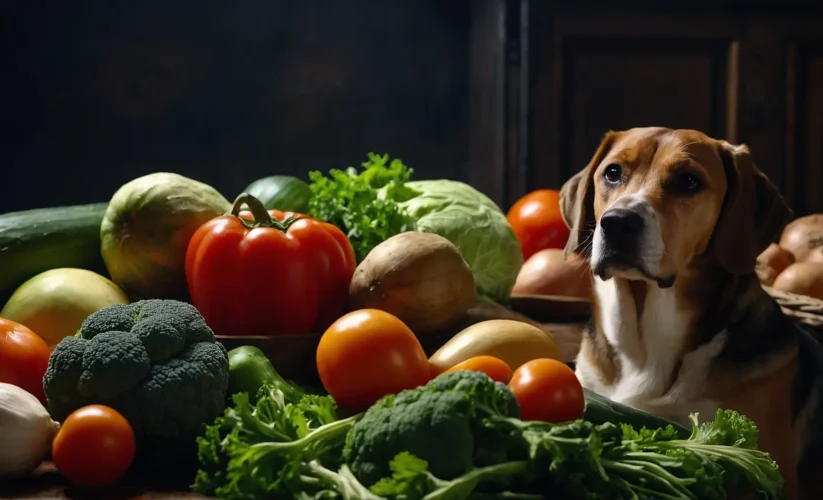
As a dedicated dog blogger and a loving pet parent myself, I understand the importance of a balanced diet for our furry friends. Vegetables can be an excellent source of vitamins, minerals, and fiber for dogs, contributing to their overall health and well-being. However, not all vegetables are safe for canine consumption. This comprehensive guide will explore “What vegetables can dogs eat,” identifying which vegetables dogs can or can’t eat, offering insights and advice to ensure your pet enjoys a healthy, varied diet.
The Benefits of Vegetables in a Dog’s Diet
Vegetables are a rich source of essential nutrients for dogs. They can provide dietary fiber, which aids in digestion and helps maintain a healthy weight. Vitamins such as A, C, and K, along with minerals like potassium and antioxidants found in vegetables, can support immune function, improve skin and coat health, and reduce inflammation. Introducing vegetables into your dog’s diet can also add variety to their meals and help satisfy their appetite with low-calorie options.
Vegetables Dogs Can Safely Eat
- Carrots: A crunchy, low-calorie treat rich in vitamin A and good for your dog’s teeth.
- Green Beans: Packed with iron and vitamins, make sure they’re plain and cooked.
- Sweet Potatoes: A great source of fiber, vitamins B6 and C, and beta-carotene. Serve cooked and in moderation.
- Pumpkin: Excellent for digestion, pumpkin can help with both diarrhea and constipation. Ensure it’s pure, without spices or sugar.
- Peas: Green peas, snow peas, and sugar snap peas are safe for dogs in moderation, providing protein, vitamins, and minerals.
- Broccoli: High in fiber and vitamin C but should be given in very small quantities due to potentially irritating substances.
- Spinach: Contains vitamins A, B, C, and K, along with iron, antioxidants, and beta-carotene. However, it’s best served in small amounts because of its high oxalic acid content.
- Cucumbers: Great for overweight dogs, as they’re low in calories and contain plenty of water and vitamins.
Vegetables to Avoid Feeding Your Dog
While many vegetables are beneficial for dogs, some can be harmful and should be avoided:
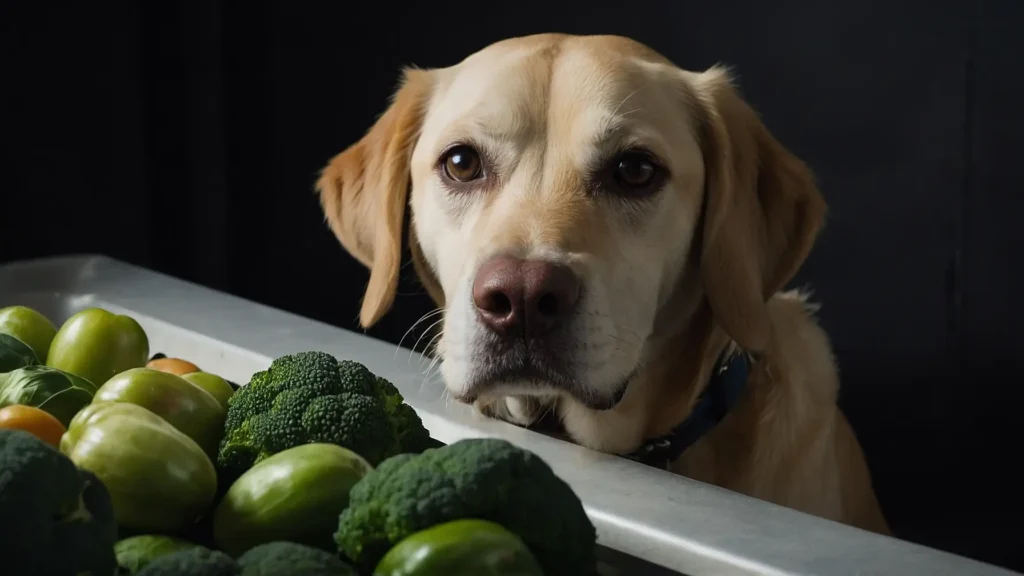
- Onions and Garlic: All members of the allium family (which also includes chives and leeks) can be toxic to dogs, causing gastrointestinal irritation and potentially leading to red blood cell damage.
- Avocado: Contains persin, which can cause vomiting and diarrhea in dogs.
- Tomatoes: While ripe tomatoes are generally considered safe in small quantities, the green parts of the plant contain solanine, a toxin that can be harmful to dogs.
- Mushrooms: Some types of mushrooms can be toxic to dogs. It’s best to avoid them altogether, as it can be difficult to distinguish safe varieties from dangerous ones.
- Corn on the Cob: Although corn itself is not harmful, the cob can pose a choking hazard and lead to intestinal blockage.
How to Safely Introduce Vegetables into Your Dog’s Diet
When introducing new vegetables to your dog’s diet, it’s essential to do so gradually to avoid digestive upset. Start with small amounts and observe your dog for any adverse reactions, such as vomiting, diarrhea, or gas. Cooking vegetables can make them easier to digest, but avoid adding oils, butter, or spices. Steaming or boiling without salt is often the best method. It’s also important to cut vegetables into bite-sized pieces to prevent choking.
Consulting with Your Veterinarian
Before making any significant changes to your dog’s diet, it’s advisable to consult with your veterinarian. They can provide personalized advice based on your dog’s specific health needs, dietary requirements, and any existing conditions. Your vet can also recommend the appropriate portion sizes and frequency for feeding vegetables to your dog, ensuring their diet remains balanced and nutritious.
Conclusion
Incorporating vegetables into your dog’s diet can offer numerous health benefits, from improving digestion to enhancing their immune system. However, it’s crucial to know which vegetables are safe and which to avoid. By following the guidelines outlined in this guide and consulting with your veterinarian, you can safely add variety to your dog’s meals and contribute to their overall health and happiness.
Remember, every dog is unique, and what works for one may not work for another. Observing your pet’s reaction to new foods and adjusting their diet accordingly is key to ensuring they thrive. As we continue to explore the best dietary practices for our canine companions, let’s always prioritize their health, safety, and well-being.
Final Thoughts
As pet owners, we want the best for our furry family members. By carefully selecting the vegetables we share with them, we can enhance their diet while keeping them safe. May this guide serve as a helpful resource for all dog parents looking to enrich their pets’ diets with the goodness of vegetables. Here’s to the health and happiness of our beloved dogs!

